The feast days celebrated in Freemasonry are those dedicated to St. John the Baptist (June 24) and St. John the Evangelist (December 27), but there are others that have a historical significance to the Masonic Order, even if rarely acknowledged or understood.
What connects the Four Crowned Martyrs to Freemasonry is the first of what are called the Old Charges, a corpus of about 130 manuscripts that state Masonic principles or other defining characteristics, like ritual elements, and that date between c.1390 and c.1710. That first manuscript goes by two names: the Regius Poem (or Regius Manuscript) and the Halliwell Manuscript. It is believed to be the work of two monastic scribes, and is said to date to anywhere between 1390 and 1450. Its two names derive from the fortuitous circumstance of its discovery, which I’ll describe below.
But first, what makes this document unique among Old Charges is that it is written in verse, and that it is written in a form of English known from the 1400s.
To that I would add only that the word “mote,” as in “so mote it be,” which Masons say in affirmation of prayer, is found at the end of this poem in a rhyming pair of octameter lines:
“Amen! Amen! So mote it be!
So say we all for charity.”
The entire poem of 794 lines, in its original language and in modern English, can be read here.
This “poem of moral duties” was unknown for centuries, being included among the many documents in the library of noted collector Charles Theyer. This library became owned by King George II, who turned it over to the British Museum in the mid 18th century where it became part of the King’s Library (ergo the name Regius Poem/Manuscript). It was discovered, studied, and, in 1840, published by James Halliwell (ergo the name Halliwell MS), who, although not a Freemason, recognized its significance to the Masonic Order.
A remarkable turn of events.
But who were the Four Crowned Martyrs?
Like so much in Freemasonry that frustrates the seeker of knowledge, there is no single definitive answer to that question. Instead there are two legends that differ in details but speak essentially a similar story. The Catholic Encyclopedia says:
The old guidebooks to the tombs of the Roman martyrs make mention... of the Four Crowned Martyrs (Quatuor Coronati), at whose grave the pilgrims were wont to worship. One of these itineraries, the “Epitome libri de locis sanctorum martyrum,” adds the names of the four martyrs (in reality five): “IV Coronati, id est Claudius, Nicostratus, Simpronianus, Castorius, Simplicitus.”
These are the names of five martyrs, sculptors in the quarries of Pannonia (now a part of Austria-Hungary, south-west of the Danube), who gave up their lives for their faith [during] the reign of Diocletian. The acts of these martyrs, written by a revenue officer named Porphyrius, probably in the fourth century, relates of the five sculptors that, although they raised no objections to executing such profane images as Victoria, Cupid, and the Chariot of the Sun, they refused to make a statue of Æsculapius for a heathen temple. For this they were condemned to death as Christians. They were put into leaden caskets and drowned in the River Save. This happened towards the end of 305.
The foregoing account of the martyrdom of the five sculptors of Pannonia is substantially authentic; but later on a legend sprang up at Rome concerning the Quatuor Coronati, according to which four Christian soldiers suffered martyrdom at Rome during the reign of Diocletian, two years after the death of the five sculptors. Their offence consisted in refusing to offer sacrifice to the image of Æsculapius. The bodies of the martyrs were interred at St. Sebastian and Pope Melchiades at the third milestone on the Via Labicana, in a sandpit where rested the remains of others who had perished for the faith.
Since the names of the four martyred soldiers could not be authentically established, Pope Melchiades commanded that, the date of their death (8 November) being the same as that of the Pannonian sculptors, their anniversary should be celebrated on that day, under the names of Sts. Claudius, Nicostratus, Symphorianus, Castor, and Simplicius....
On a closing note, on this date in 1884, the United Grand Lodge of England organized the first lodge of Masonic research and education in the world. The creation of Quatuor Coronati Lodge No. 2076 coincided with the birth of the science of history – that is, the regard for factual accuracy determined by scholarly research that is reviewed by peers.
And the rest is history.






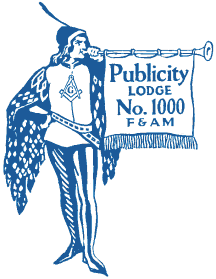

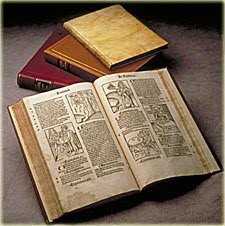


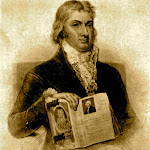




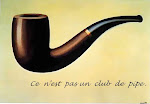
















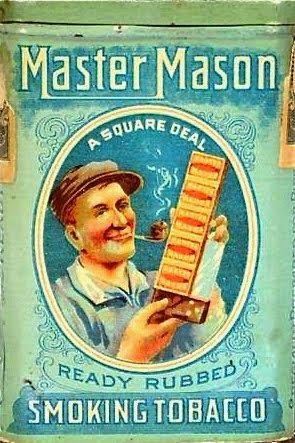


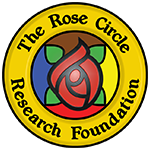

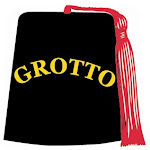








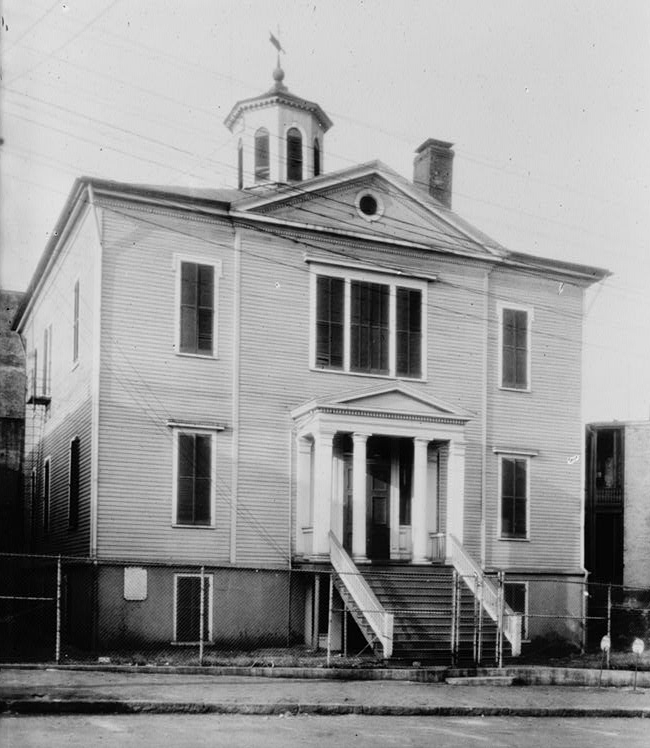
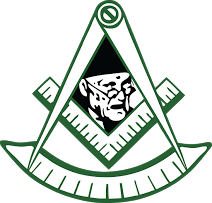
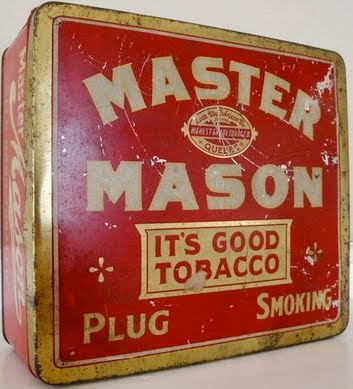



No comments:
Post a Comment